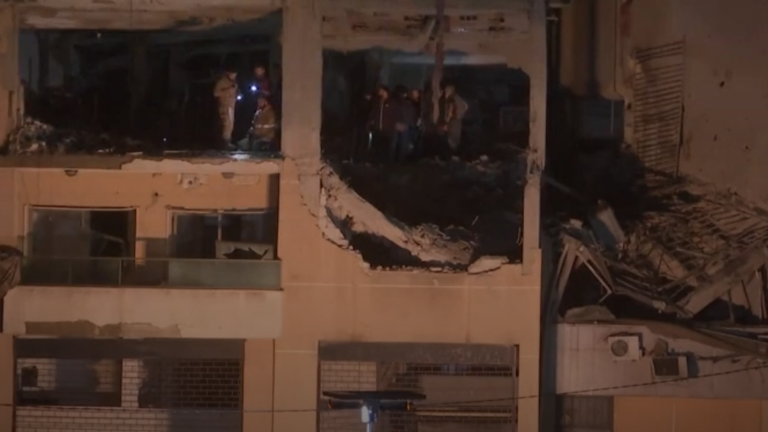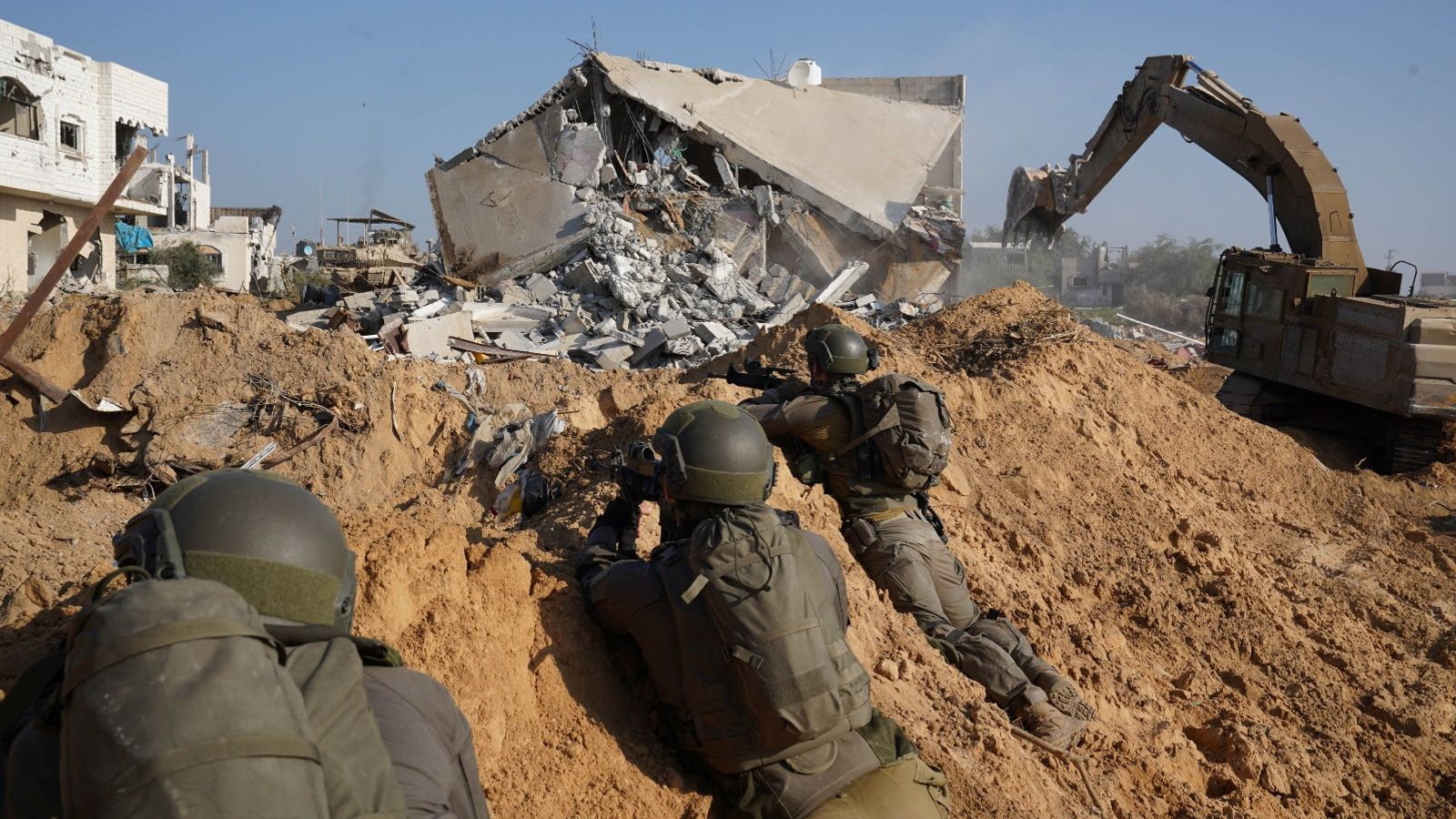
Fears of Israel’s war with Gaza growing into a wider conflict remain after Hamas’s deputy leader was assassinated in the Lebanese capital.
Israel has not commented on whether it killed Saleh al Arouri in a drone strike in Beirut on Tuesday, but military spokesperson Rear Admiral Daniel Hagari said its forces are prepared for any scenario.
Mr Arouri, 57, is the first senior Hamas political leader to be assassinated since Israel began its offensive against the militant group in response to its attack on 7 October.
With no end to the conflict in sight, the EU’s foreign policy chief Josep Borrell said on Wednesday the international community must “impose” a solution as the two parties “will never be able to reach an agreement”.
Israel-Gaza latest as US intelligence ‘confident’ hostages held at hospital
And amid signs the fighting could spread, the chief of Hezbollah – the militant group running the area where Mr Arouri was killed – is due to make a speech on Wednesday, having earlier warned of a “severe reaction” to assassinations in Lebanon.
The group said the blast that killed Mr Arouri was a “serious assault on Lebanon” and a “dangerous development in the course of the war”.
Hamas political member Hossam Badran said: “We say to the criminal occupation [Israel] that the battle between us is open.”
The assassination is another sign the nearly three-month war is spreading, drawing in the occupied West Bank, Hezbollah forces on the Lebanon-Israel border and even Red Sea shipping lanes.
In other key developments:
• Mr Borrell said the entire Middle East “might end up in flames” if this “tragedy” does not end soon;
• The US is “confident” Hamas and Palestinian Islamic Jihad used Gaza’s biggest hospital to hold hostages;
• Residents and Palestinian media said Israeli forces bombed al Nusseirat refugee camp in the north of Gaza.
Heavily armed Hezbollah, a Hamas ally, has been exchanging fire with Israel across Lebanon’s southern border almost daily since the Gaza war began.
Israel steps up Gaza attacks
Meanwhile, Israel has intensified its bombing of Gaza and told civilians to leave al Nusseirat refugee camp.
Israeli planes dropped leaflets on the camp ordering people to leave seven districts, saying: “You are in a dangerous combat area. The IDF is operating heavily in your area of residence.
“For your safety the IDF urge you to immediately evacuate this area and leave towards the known shelters in Deir al Balah [west].”
The military said “intensive battles” with militants were continuing in Gaza on Wednesday in the southern city of Khan Younis, where it has said previously it is trying to flush out Hamas leaders.
Israeli war planes and tanks also attacked the al Bureij refugee camp, although Hamas claims it has killed 10 Israeli soldiers in fighting there and hit five tanks and troop carriers.
Read more:
Who is Saleh al Arouri?
UN agency claims aid convoy was hit by Israeli gunfire
The Israeli military said the number of its soldiers killed since its first incursion into Gaza on 20 October has reached 177.
The war was triggered by a cross-border Hamas assault on Israeli towns on 7 October, during which Israel says 1,200 people were killed and 240 hostages taken back to Gaza.
Israel believes 129 hostages remain, and Gaza’s Hamas-run health ministry says the ongoing onslaught has killed 22,313 Palestinians – 128 of them in the past 24 hours.
Much of Gaza has been laid to waste, with its 2.3 million residents facing a humanitarian disaster leaving thousands destitute and crammed into shrinking areas.














